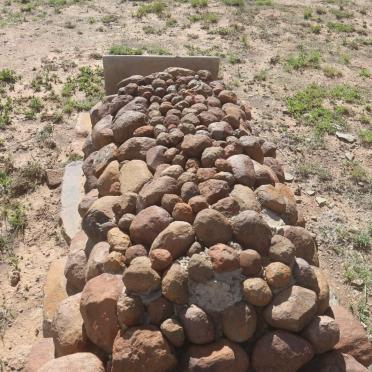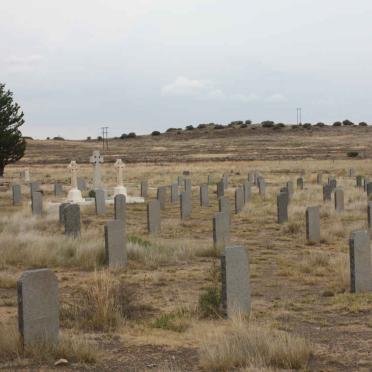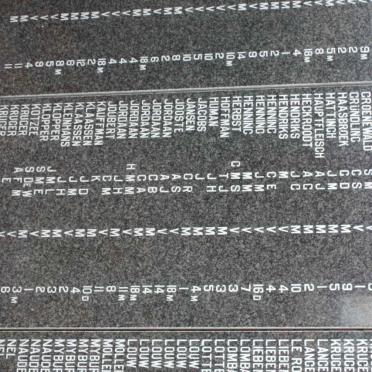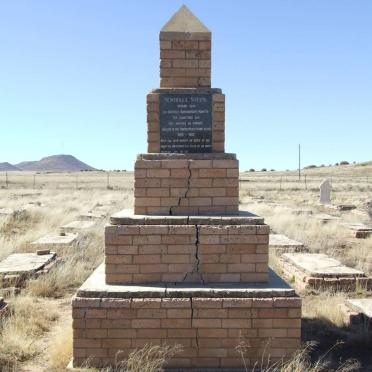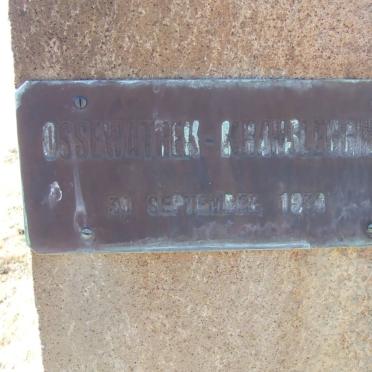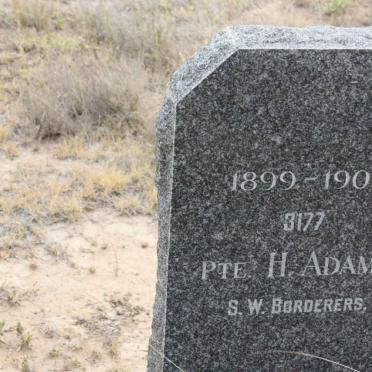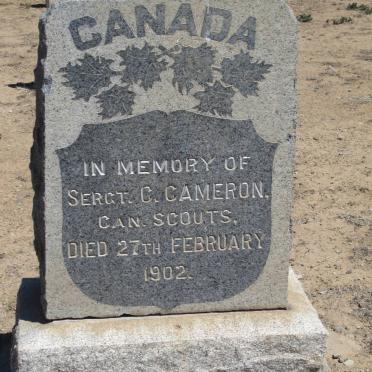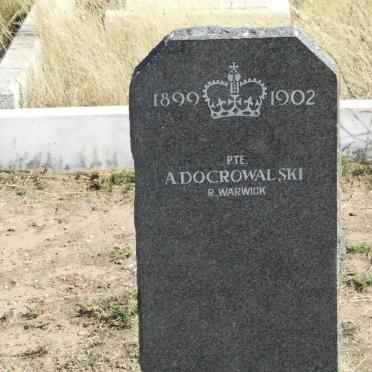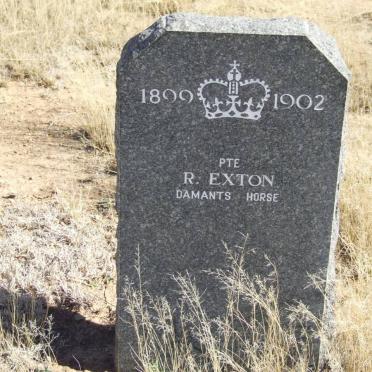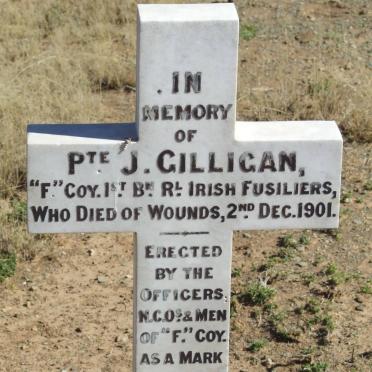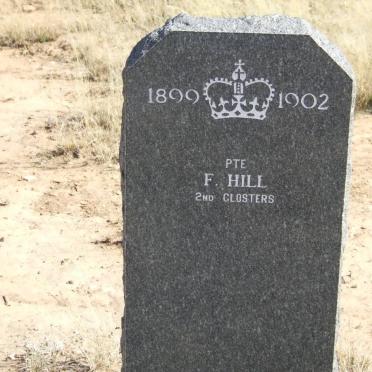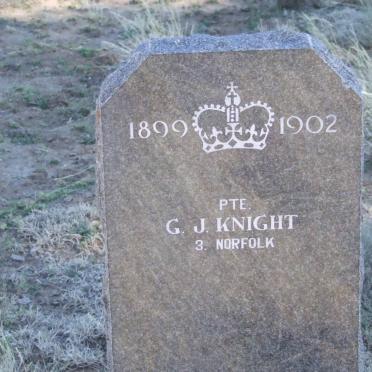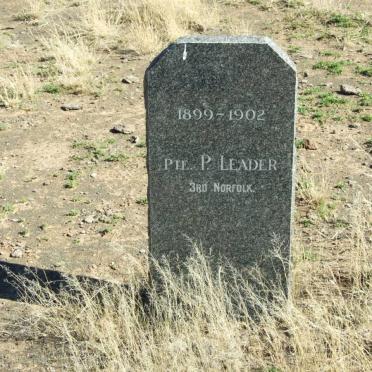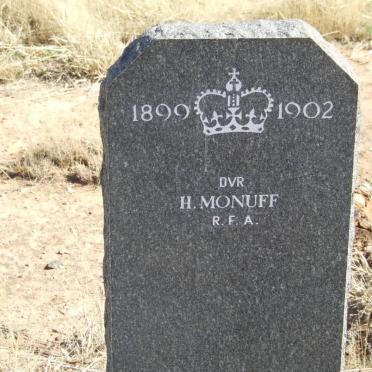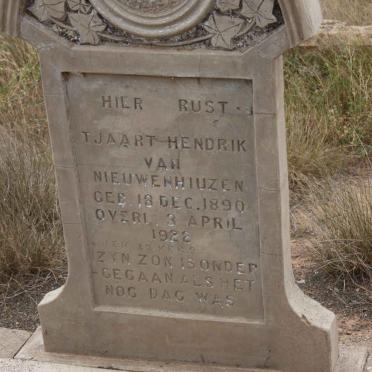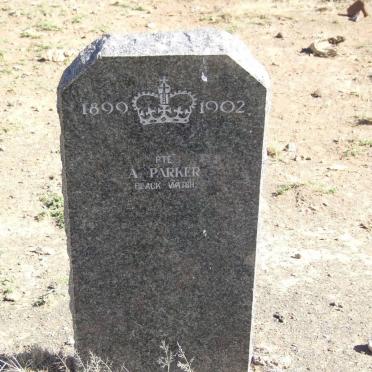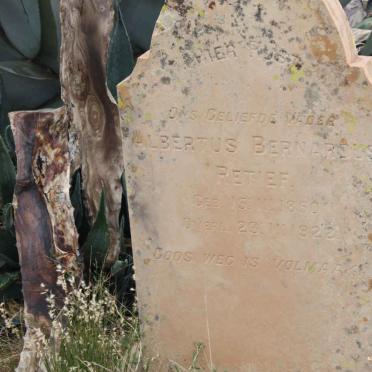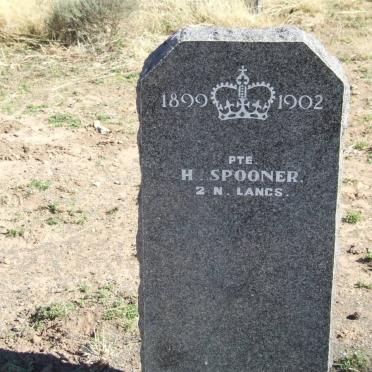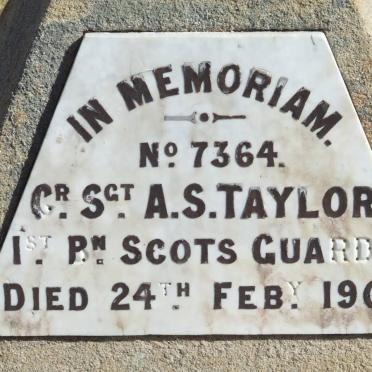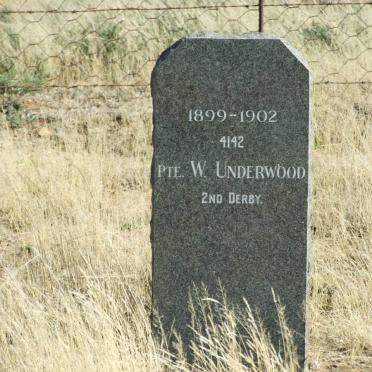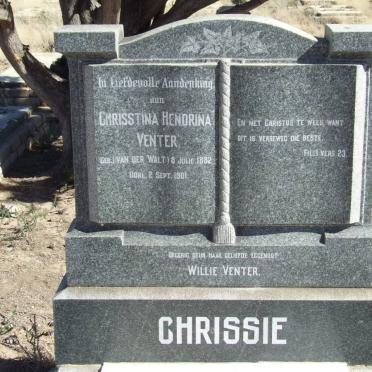Free State, SPRINGFONTEIN, Concentration camp memorial and British War Graves
Although it is not clear exactly when Springfontein camp was formed, in January 1901 the District Commissioner for Bloemfontein reported that he had visited the village because he had heard that the Dewetsdorp people were being sent to a refugee camp there. According to Dr Kendal Franks the camp was started on 22 February 1901 and shortly after William Gostling, who had been the Philippolis magistrate, was appointed superintendent. By the end of February 1901 Springfontein camp was fully established although it was tiny, with a total of 409 inmates including two blacks.bWhen Emily Hobhouse visited Springfontein in early March 1901, she found a ‘queer little spot’, ringed by stony koppies in the treeless grasslands of the southern Free State.As Hobhouse noted, the majority of the inmates were bywoners, many of them desperately impoverished. Early arrivals had little clothing. Some women had to make petticoats out of army blankets, one was sporting a man’s trousers while the girls often had nothing but the frocks they were wearing, with no underclothes. Many went barefoot.
By the end of March 1901 Springfontein camp was growing rapidly as the military sweeps brought in hundreds of families, including a substantial number of blacks from Bethany mission station. Since Springfontein lacked a formal black camp, these people were sent on to Edenburg. A number of black people remained attached to the camp, some of them from the Thaba ‘Nchu district. They had been taken from their homes in March 1901 and the families were subsequently separated. In July they asked to be reunited with their families in Thaba ‘Nchu and the authorities agreed to send them home.
The presence of a large number of the military, including both remount and transport camps, meant that Springfontein also had to compete with the military for water.
Repatriation was a prolonged matter in Springfontein camp for, like Brandfort, it was used as a centre for orphaned children and older destitute and homeless people. The hospital was converted into an orphanage and a trickle of children arrived over the next few months. By November Springfontein had been designated as the final camp for the collection of all the unwanted but both Springfontein and Brandfort survived into 1903. Finally, at the end of January the remaining inmates of Springfontein camp were transferred to Brandfort and the camp was closed in February 1903.
(Source: https://www2.lib.uct.ac.za/mss/bccd/Histories/Springfontein/)
Cemetery information:-
Album incomplete, not all the graves in the cemetery were photographed.
eGGSA captions by: Angela van Blerk, Heleen Nel, Dal Good, Eileen de Jager & George Crewe.
The GGSA Cemetery DVD only has information on the location of the cemetery
Cemetery ID: 3460
Information submitted by: Alta Griffiths
Google Earth Project Information:-
GPSID: 4130
GPS: -30 16 36.62, 25 42 52.36
